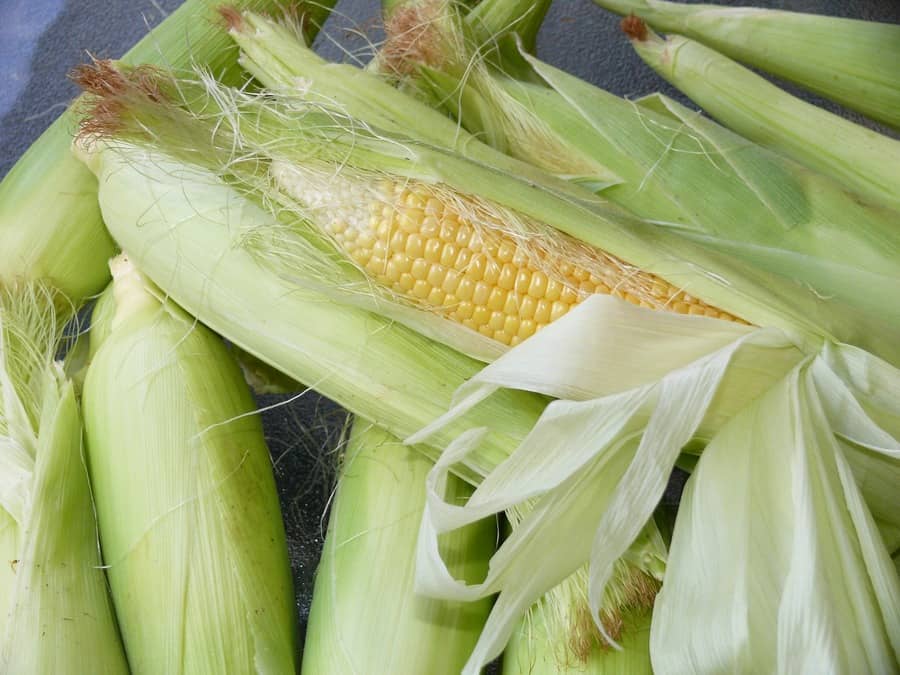Porto Alegre, April 4, 2023 – The Brazilian crop is being adjusted by its reality of harvesting the summer crop and planting the 2023 second crop. Very good yields in the summer crop and late planting in the second crop are variables that are present in the Brazilian market now. The new Brazilian record crop is taking shape again with a sharply increased area in Mato Grosso and good areas in Matopiba, making it possible to adjust the Brazilian production potential to more than 92 mln tons.
Brazil’s 22/23 summer crop is achieving excellent yields from Santa Catarina to Minas Gerais. Yields start to surprise even the growers themselves and become one of the indicators that pressure the corn market today. Not just because of the good corn crop, but because soybean yields are also getting above average. Rio Grande do Sul confirms its corn production losses, but they are far from what some market sources point out and now maintain a regular supply in the state and very low prices for the first semester. The summer crop is now estimated at 24 mln tons in the Center-South, slightly higher than the previous estimate.
The Brazilian production capacity shows its vigor from the improvement of average yields in the summer, however, the consolidation of a second crop with a larger area is an important highlight. Despite the difficulties in the soybean harvest, delayed by at least thirty days from the forecast, growers did not retreat in the planting of the second crop. Excessive rains in February and March delay the planting but allow for good early development conditions.
In this environment, we need to evaluate the second crop as it is currently set up so that there is no misinterpretation:
– Nearly 40% of the second crop from Mato Grosso and 20/25% of the second crop from Goiás are already in silking phase and must start being reaped from the second half of June;
– Close to 40/50% of the crops will go into the silking stage in these two states plus a portion of western Paraná and northern Mato Grosso do Sul in April/May for harvests from July onward.
– There is a significant delay in the remaining crops in the south of Mato Grosso do Sul, Paraná, São Paulo, Minas Gerais, Goiás, and Mato Grosso. They will still depend on good rains in April and May to reach the pollination and silking phase;
– Mato Grosso do Sul, São Paulo, Paraná, and Paraguay have this portion of late crops quite susceptible to frosts in June;
– Matopiba is advancing toward the closing of the second crop planting with excellent weather conditions and projecting a high production for the region.
Naturally, every second crop planted inside or outside the ideal window continues to be risky due to the climatic seasonality of the Brazilian fall, from declining precipitations in the Midwest to early frosts in Paraná. A second crop, with close to 50% of the area cultivated in March, is not a second crop with premature losses, but a crop that is more
susceptible to the risk of the fall weather, with less rain and frost. This means that if the fall has regular weather and no severe frosts, there is no reason to project poor yields for this second crop, although planting time is important for this item.
April is being indicated with some cuts in rainfall in the strip that goes from Paraná to Minas Gerais, but still with some occurrences of good volume in Mato Grosso and Goiás. In May, the rains would still be below normal but enough to keep the conditions of the second crop running without greater risk. Of course, we are talking about the weather, so monitoring is crucial for evaluating production. Moreover, weather forecasts point to the first big cold front for the South region only in the first week of June. Frost would be normal. In a period of entry of El Nino, the fronts may reach southwestern Paraná but do not advance into the second-crop regions of the state, Paraguay, and Mato Grosso do Sul to bring losses.
In terms of planted area, Mato Grosso stands out again, with a nearly 8% increase in this second crop, even with many growers holding back the expansion due to the delay in the soybean harvest. The area could have been bigger. The second crop is now estimated in the Center-South at 15.4 mln hectares and 92.2 mln tons of potential production.
In Matopiba, the second crop area must grow from 1.9 to 1.95 mln tons, with a potential of 12 to 13 mln tons. This will once again boost exports from Piauí, Tocantins, and Maranhão. The only issue is the space in ports for the harvest start of the second crop, probably still full of soybeans in July and August.
The Brazilian crop, then, jumps from 125 to 130 mln tons, given the good result of the 2023 second crop planting and the results of the summer harvest. Climate monitoring and observation of crop conditions are now essential.
Follow the Safras Agency on our website. Also follow us on our Instagram and Twitter and stay on top of the main agribusiness news!
Copyright 2023 – Grupo CMA

